Essential Tips for Using Mulch and Bark Dust for Sustainable Landscaping
In recent years, sustainable landscaping has gained popularity as homeowners and gardeners look for ways to reduce their environmental footprint. A key component of eco-friendly garden practices involves the use of mulch and bark dust, which not only enhance the aesthetic appeal of outdoor spaces but also offer numerous environmental benefits. Bark dust even offers the added convenience of simple application with a bark dust blower! Let's explore the impact of these materials and provide valuable tips for sustainable landscaping.
Sustainable Sources of Mulch
It's important to consider the sustainability of mulch's production and sourcing. Mulch produced from recycled or renewable resources limits the environmental impact and promotes conservation. For instance, using waste products from wood processing to apply with a bark dust blower ensures that no additional trees are cut down specifically for mulch production. Recycled materials, such as shredded paper, can provide an eco-friendly alternative to traditional options. By prioritizing sustainable sources, landscapers can reduce their carbon footprint.
The environmental impact of mulch varies depending on the materials used and their sourcing. Organic mulches such as bark, straw, or leaves decompose over time, improving soil structure and fertility. In contrast, inorganic mulches like stone or synthetic materials do not break down, offering longevity but lacking nutrient contribution. The choice between organic and inorganic mulch should balance long-term environmental health with immediate garden needs. Sustainable practices involve selecting mulches that align with your environmental conservation goals.
Proper Mulch Application Practices
Applying mulch correctly with a bark dust blower not only enhances its benefits to garden landscapes but also ensures uniform coverage and efficient use of materials. By hiring a professional to use a bark dust blower, mulch can be evenly distributed over large or hard-to-reach areas, ensuring that every inch of your garden receives the protective and nutrient-boosting benefits of the mulch layer. This method is particularly useful in sloped or intricate spaces, where manual application can be challenging and uneven.
According to the Mulch and Soil Council, applying mulch at the optimal depth of two to four inches is crucial for most outdoor applications, especially for effective weed control and moisture conservation. When a professional service applies mulch, they’re trained to adhere to this depth range, preventing issues like over-compaction, which can inhibit root growth and water infiltration. Properly applied mulch acts as a barrier against evaporation, helping plants retain necessary moisture and stay hydrated longer during dry spells. Additionally, a consistent mulch layer also serves as a natural weed suppressant by blocking sunlight, which hinders the growth of unwanted plants and minimizes the need for chemical weed control.
Regularly checking and maintaining mulch depth is another important aspect of ensuring garden health. Over time, mulch can naturally decompose, especially organic varieties, reducing in thickness and requiring replenishment. A proactive approach prevents soil erosion, improves soil structure, and promotes a healthier garden ecosystem. Partnering with a professional mulching service that uses a bark dust blower not only simplifies the process but maximizes the mulch's benefits for long-term landscape vitality.
Preventing Over-Application and Waste
Over-application of mulch can lead to issues such as root rot, pest infestation, and plant suffocation. To avoid these problems, a professional using a bark dust blower will measure the area accurately and apply mulch evenly, adhering to the recommended depth of two to four inches. Over-mulching can also lead to excessive moisture retention, creating unfavorable conditions for plant roots.
Integrating Mulch with Native Plants
Integrating mulch with native plants is a highly effective way to create a sustainable, resilient garden that requires minimal maintenance and thrives in local conditions. Native plants have evolved over time to withstand the unique climate, soil, and water conditions of a given area, which makes them naturally suited for landscape projects emphasizing environmental harmony and long-term vitality. When paired with mulch derived from local organic sources, these plants can establish stronger root systems, benefit from more stable moisture levels, and experience fewer nutrient deficiencies. This not only optimizes plant growth but also promotes soil health by returning organic matter to the earth without introducing foreign substances that might disrupt the natural ecosystem balance.
Using region-specific mulch also enhances the biodiversity of the garden by providing soil-enriching nutrients that native plants are accustomed to, further reducing the need for chemical fertilizers and pest controls. This mulch approach can support the symbiotic relationships between native plants and local wildlife, fostering habitats and food sources for birds, pollinators, and beneficial insects. When native plants and mulch are combined, they create a self-sustaining garden ecosystem that attracts wildlife naturally, reduces the gardener’s workload, and cuts down on water and resource demands. For example, native plants typically need less irrigation and soil amendments than non-native varieties, and the mulch helps retain moisture, decreasing the need for frequent watering.
The combination of mulch and native plants reinforces soil structure and prevents erosion by covering and protecting the topsoil layer. Over time, as the mulch decomposes, it contributes organic matter that enhances the soil's ability to retain water and nutrients, which further strengthens the resilience of native plants. This dynamic, closed-loop system not only minimizes environmental impact but also contributes to a thriving, low-maintenance garden that requires fewer inputs. Ultimately, this sustainable landscaping approach not only beautifies the garden but also preserves local ecology, supports wildlife, and encourages the natural regeneration of the soil.
Maintaining the Health of Soil and Plants
Proper mulch application maintenance plays a vital role in sustaining soil health, protecting plant roots, and enhancing garden aesthetics over time. Regular inspections of mulch layers are essential to ensure they remain at an optimal depth of two to four inches, which allows for maximum moisture retention, temperature regulation, and weed suppression. A balanced layer of mulch creates a barrier that prevents rapid water evaporation from the soil, helping plants stay hydrated during dry periods and reducing the need for frequent watering.
One critical aspect of proper mulch placement is ensuring it doesn’t touch plant stems or trunks. When mulch is piled directly against these areas, it can create conditions favorable to rot, mold, and pest infestations, which can harm or even kill plants. To prevent these issues, a professional bark dust blower service can create a small gap or protective “collar” around plant stems and trunks, safeguarding them from potential decay while still delivering the benefits of mulch coverage. This spacing also improves airflow around plants, further reducing the risk of fungal growth and pest problems.
Moreover, even mulch distribution and maintenance prevent areas of the garden from being underserved, which could lead to inconsistent moisture levels or nutrient distribution. Over time, organic mulch decomposes, gradually enriching the soil with nutrients that support plant health. Regularly refreshing the mulch layer as it thins ensures continued benefits and prevents soil erosion, which can compromise the garden’s structure and root systems. A well-maintained mulch layer also suppresses weed growth effectively by blocking sunlight, which helps reduce the need for chemical herbicides and manual weeding.
A professional bark dust blower plays a pivotal role in sustainable landscaping by enhancing the health and appearance of outdoor spaces while supporting the environment. By understanding the various types, sourcing methods, and application techniques, you can make informed decisions that promote ecological balance and long-term sustainability. If you'd like to learn more helpful tips from an expert bark dust blower, reach out to Red Bark Inc today. We can get you started today with a free quote!


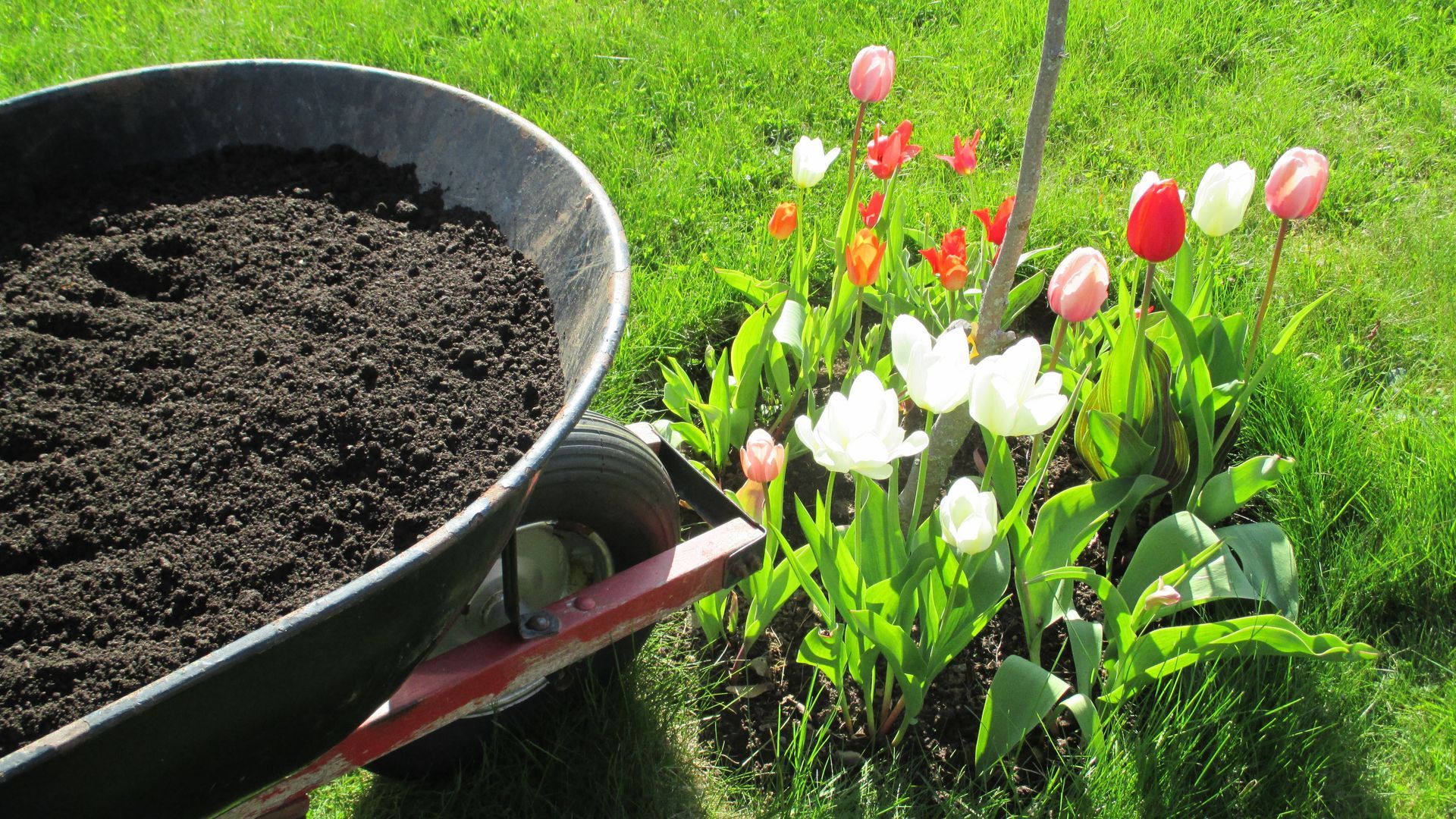
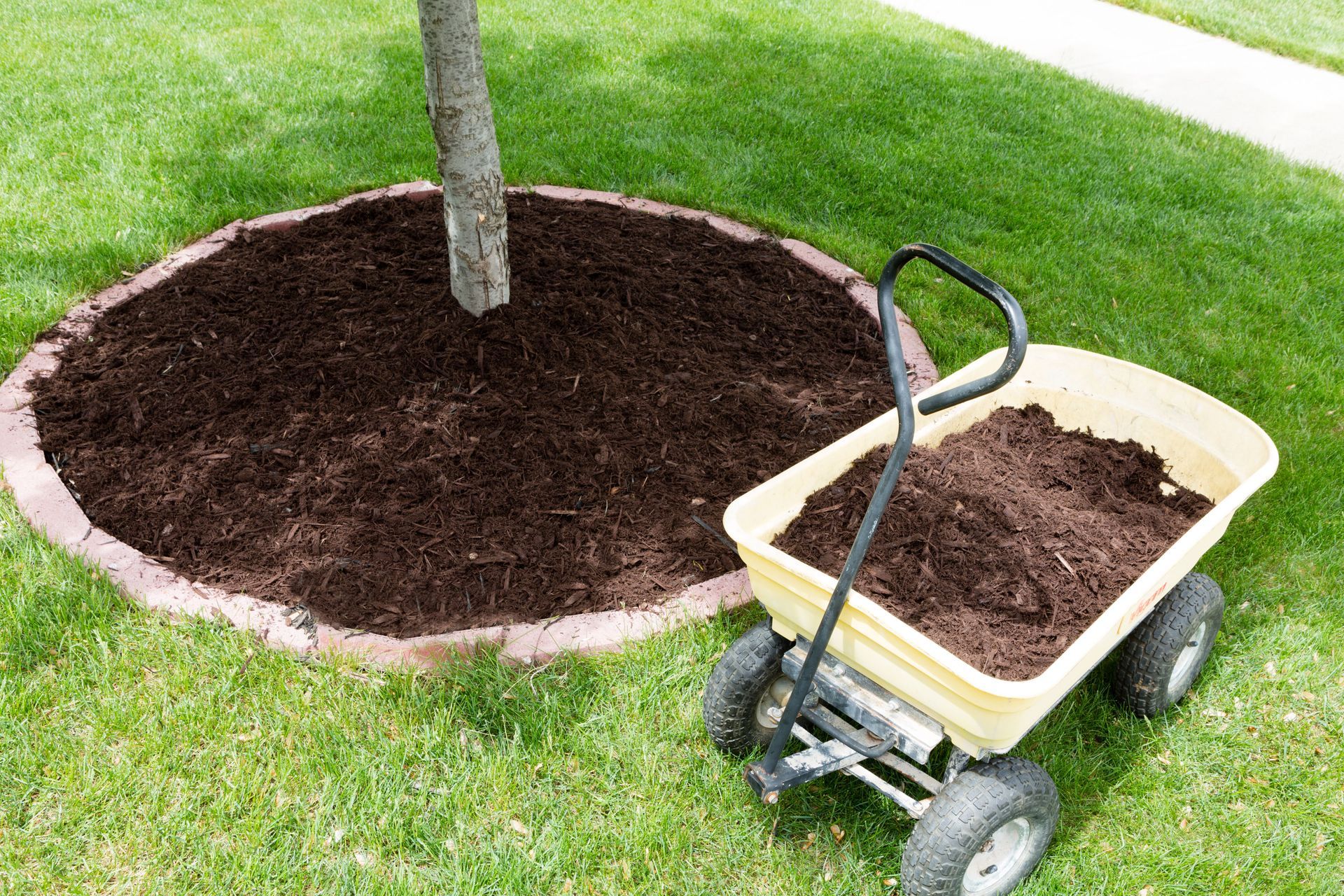
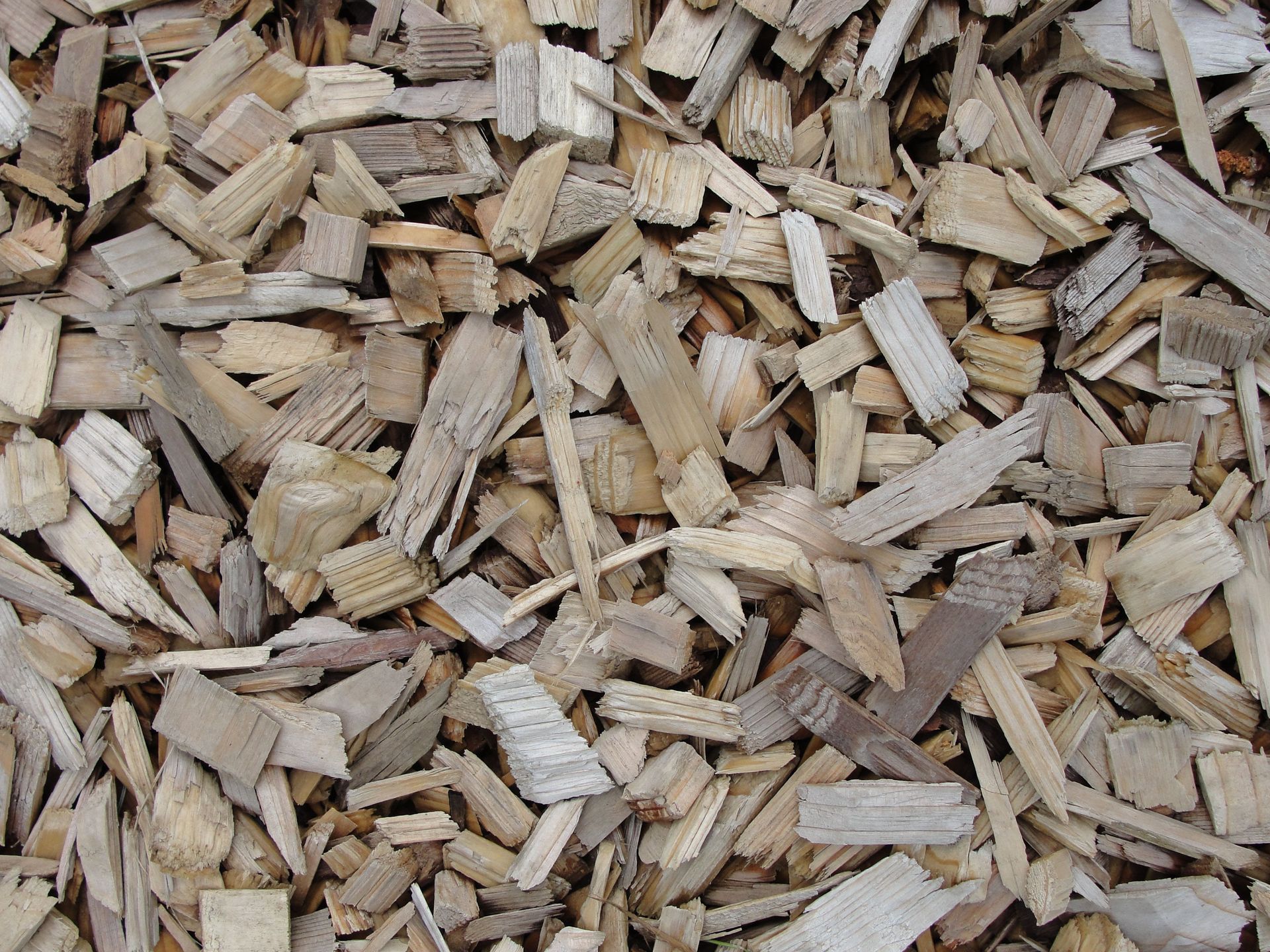
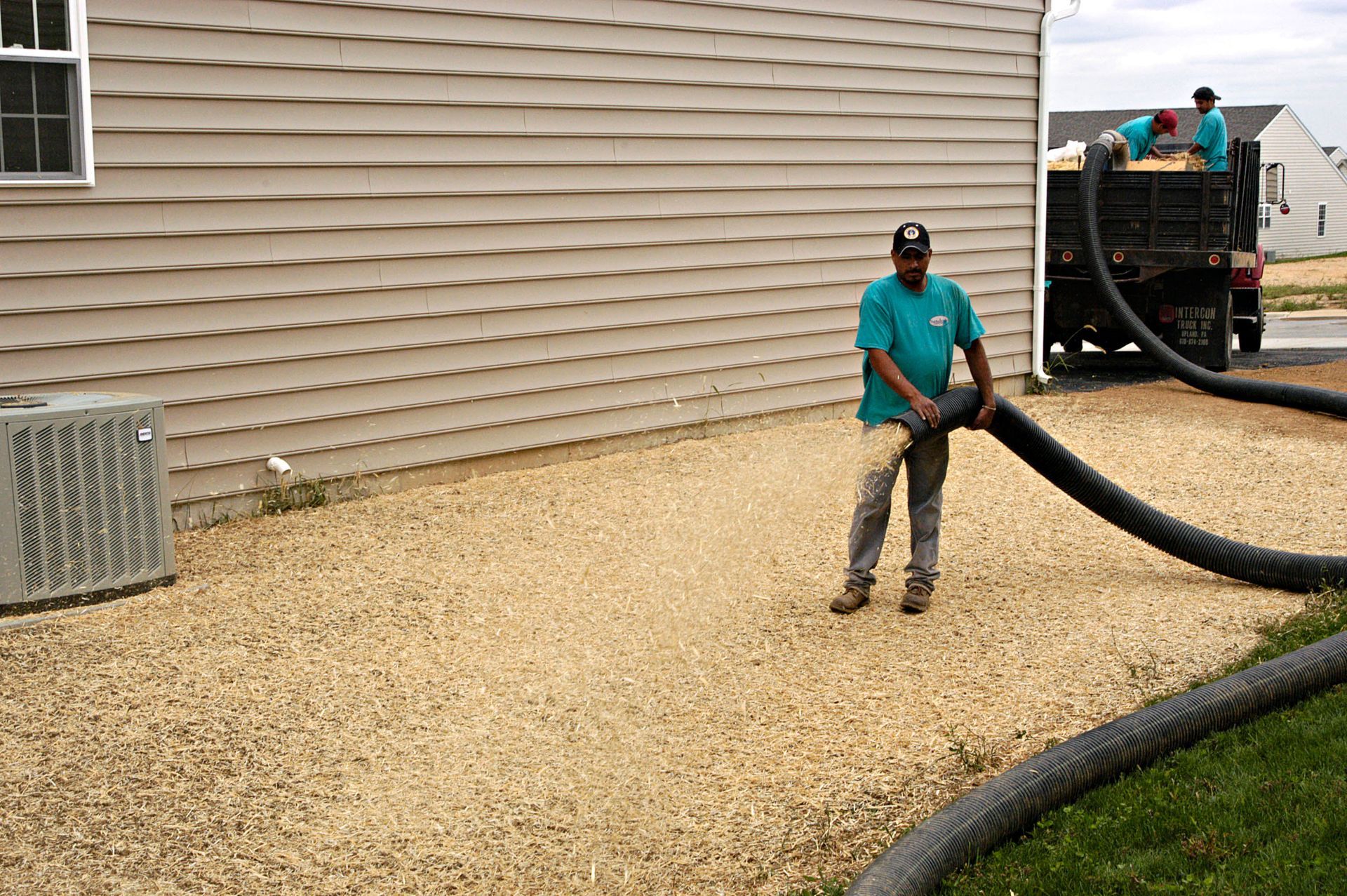
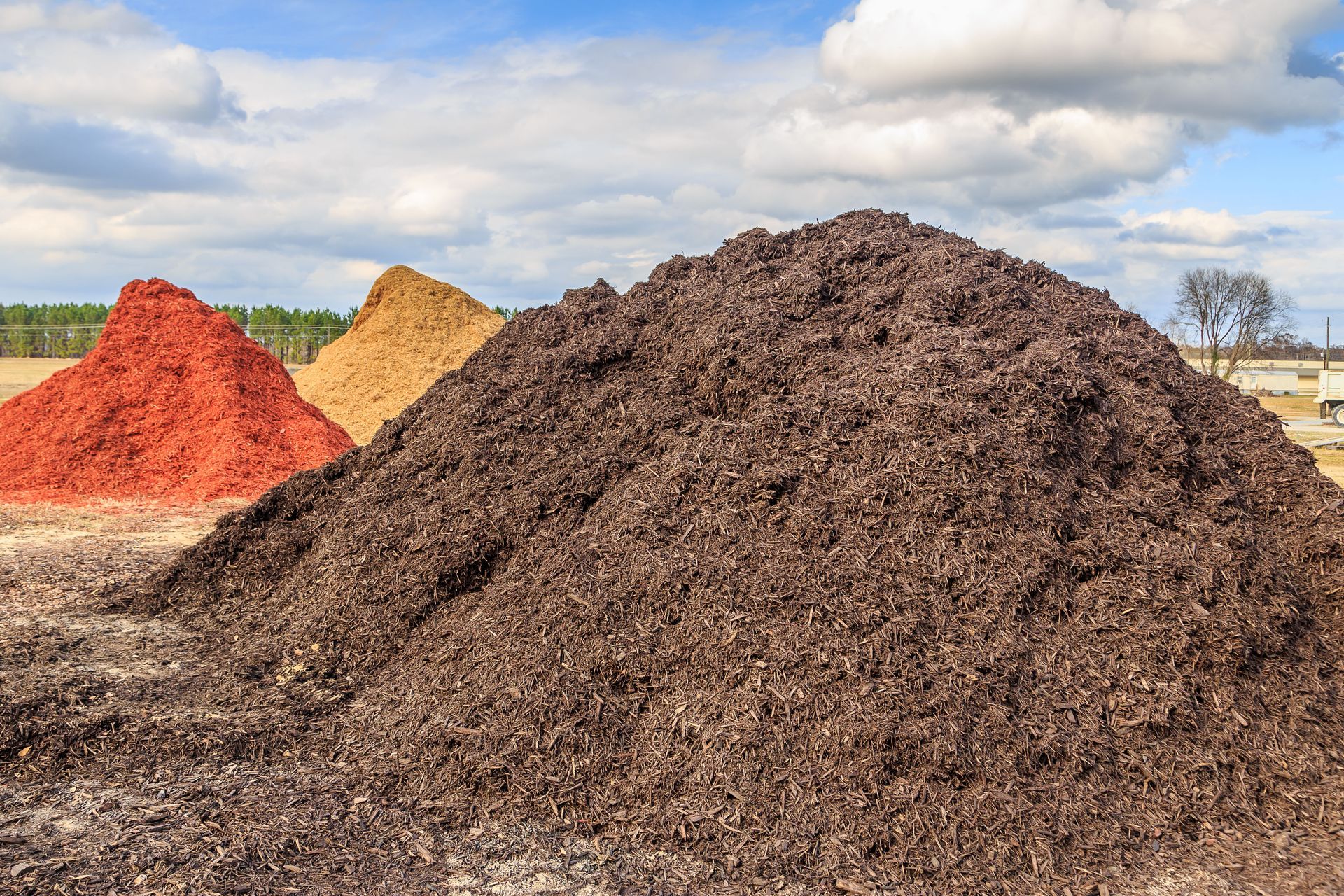
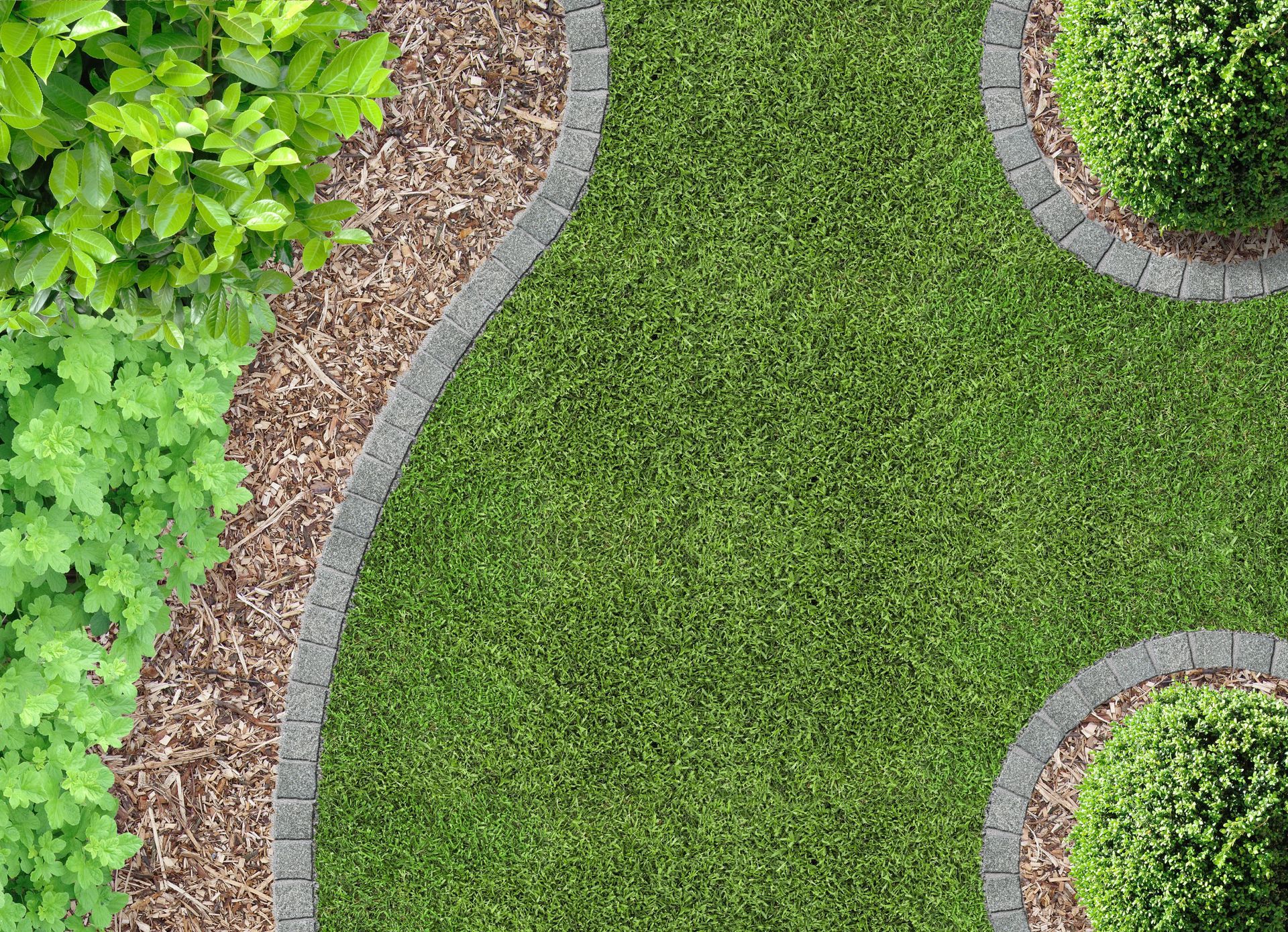
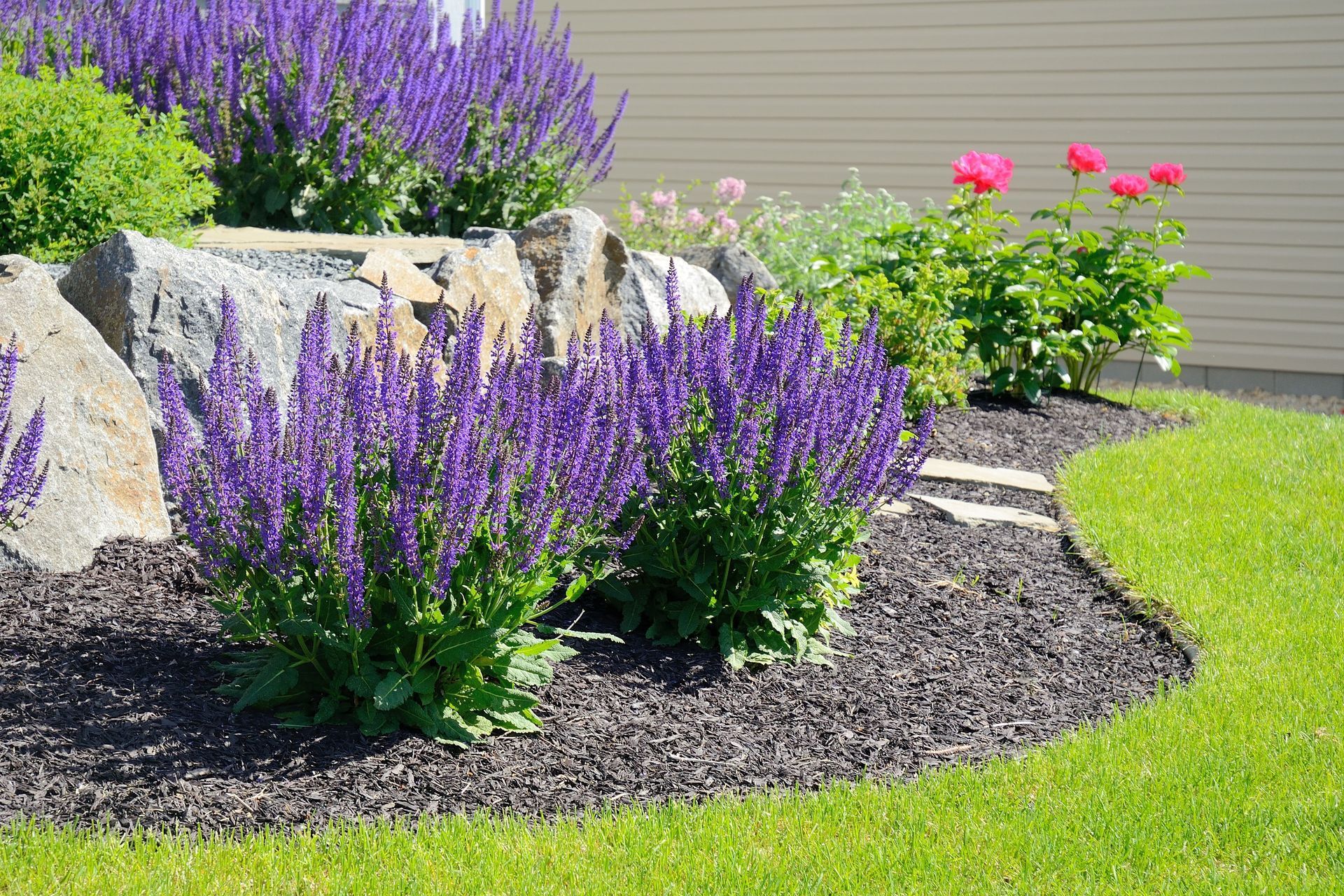
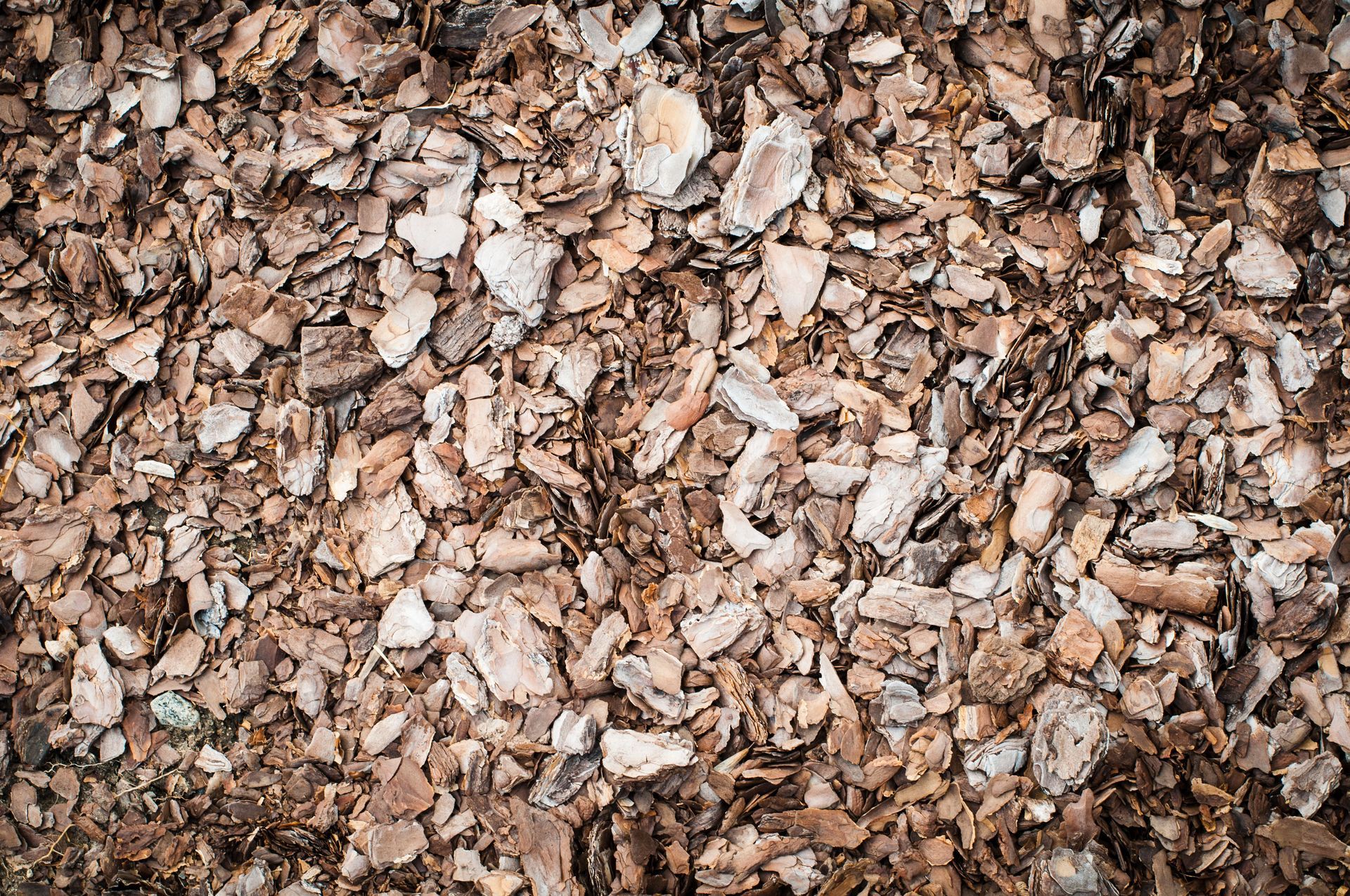
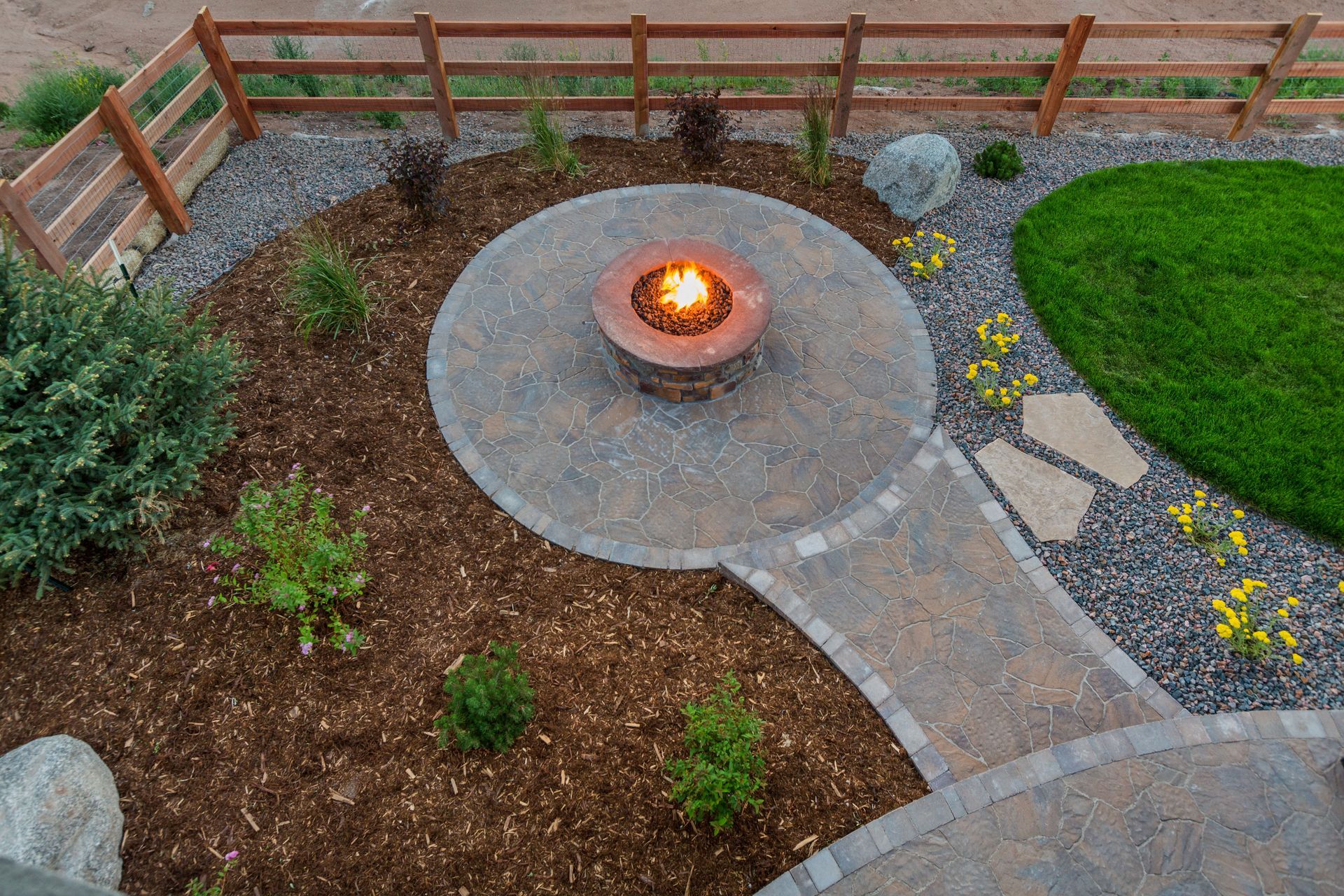
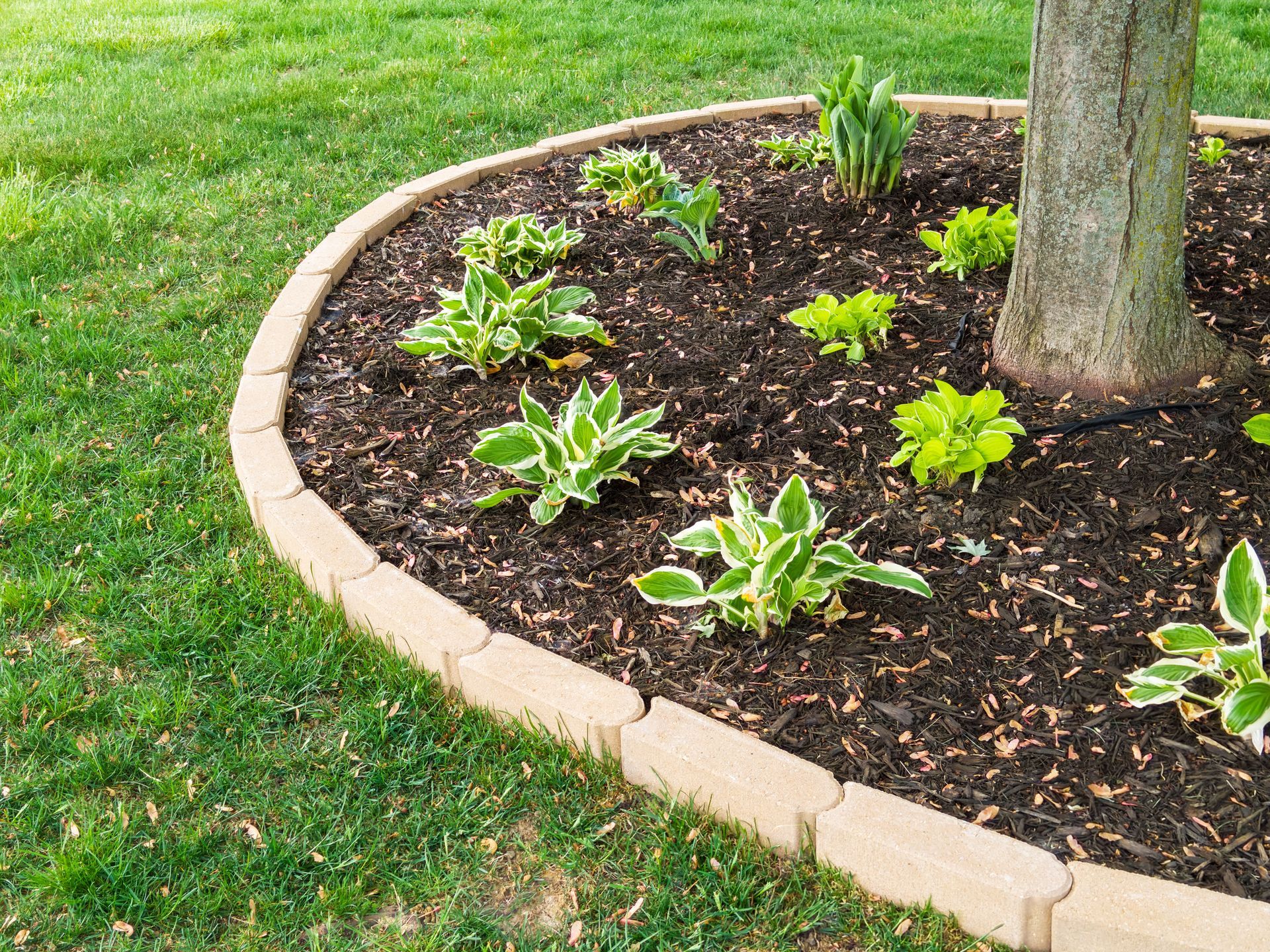
Share On: